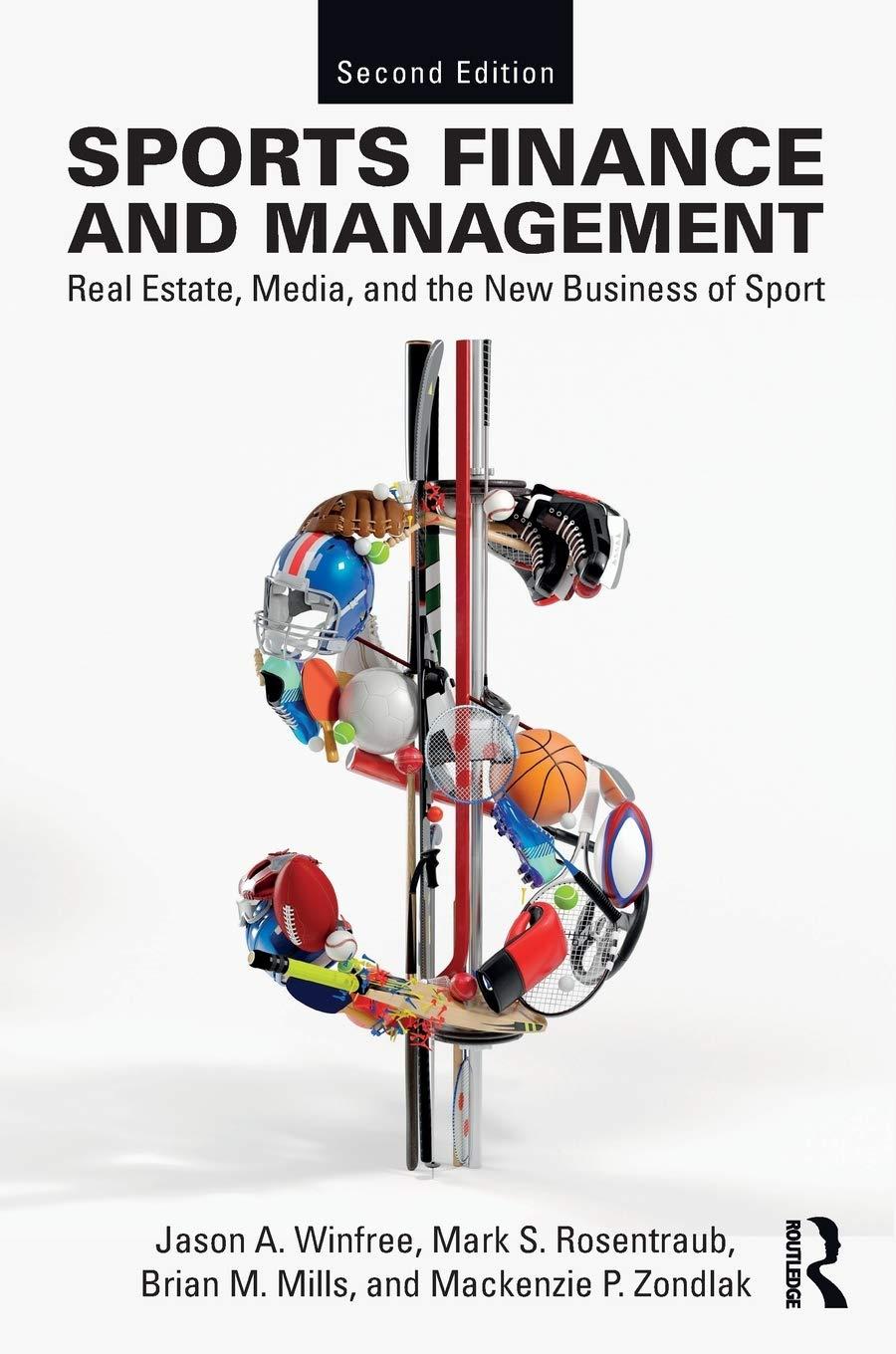We are evaluating a project that costs $845,000, has an -eight-vear life, and has no salvage value. Assume that depreciation is straight-line to zero over the life of the project, Sales are projected at 51,000 units per vear. Price per unit is $53, variable cost per unit is $27, and fixed costs are $950,000 per year. The tax rate is 22 percent, and we require a return of 10 percent on this project. a. Calculate the accounting break-even point. What is the degree of operating leverage at the 2 accounting break-even point? b. Calculate the base-case cash flow and NPV. What is the sensitivity of NPV to changes in the quantity sold? Explain what your answer tells you obout a 500 -unit decrease in the quantity sold. c. What is the sensitivity of OCF to charges in the variable cost figure? Explain what your answer tells you about a $1 decrease in estimated variable costs. (Use cells A6 to C17 from the given information to complete this question. You must use the built-in Excel function to answer this question. The OCF must be calculated using the depreciation tax shield approach.) We are evaluating a project that costs $845,000, has an -eight-vear life, and has no salvage value. Assume that depreciation is straight-line to zero over the life of the project, Sales are projected at 51,000 units per vear. Price per unit is $53, variable cost per unit is $27, and fixed costs are $950,000 per year. The tax rate is 22 percent, and we require a return of 10 percent on this project. a. Calculate the accounting break-even point. What is the degree of operating leverage at the 2 accounting break-even point? b. Calculate the base-case cash flow and NPV. What is the sensitivity of NPV to changes in the quantity sold? Explain what your answer tells you obout a 500 -unit decrease in the quantity sold. c. What is the sensitivity of OCF to charges in the variable cost figure? Explain what your answer tells you about a $1 decrease in estimated variable costs. (Use cells A6 to C17 from the given information to complete this question. You must use the built-in Excel function to answer this question. The OCF must be calculated using the depreciation tax shield approach.)








